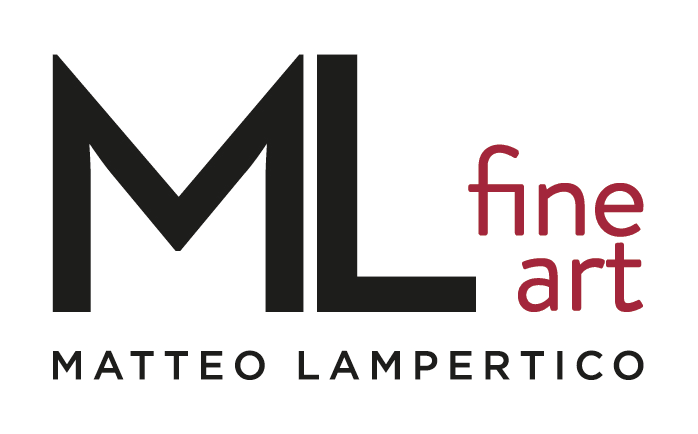Focus on Art is a weekly video series by M&L Fine Art, presenting iconic artworks by key artists of the gallery programme. This third episode completes our exploration of the vibrant creative dialogue between Fausto Melotti and Lucio Fontana. Following the war, both artists were intensely preoccupied with space, time and transcendental dimensions. In Fausto Melotti's practice, this gave rise to extraordinary compositions in metal, evoking grand volumes through extremely fine, exquisitely laboured ensembles that appear to float in space.
1958 was an equally important year for Fausto Melotti, inaugurating the final, mature production of his free-standing sculptures in metal. Slender in build but imposing in their volume, at once weightless and powerful: Melotti’s late works are charged with a sublime electricity that elevates their lineage to Alberto Giacometti’s extraordinary surrealist sculpture The Palace at 4am.
Like Fontana, Melotti was guided by an investigation into transcendental dimensions, stating ‘I use metal because it brings me close to drawing: with metal I can draw in space.’ Gold, steel and brass were rarefied into strings, meshes, thin sheets: deprived of their heaviness, they are celebrated in the beauty of their trembling presence. Like Fontana’s, Melotti’s work is graced by an exceptional intensity of timelessness, inviting viewers to contemplate suspended, parallel realities.
By conjuring the visual structure of a musical score, Melotti imbued his sculptural objects with a melodic, mathematical elegance, producing, in the words of the artist: ‘a musical space structured in the building of harmony.’ Contrappunto, Tema e variazioni, Fantasia, and Rondò. With its hypnotic, ascending rhythm, this work becomes the visual evocation of its namesake baroque dance: movement structured around a fixed pattern of repetition.



